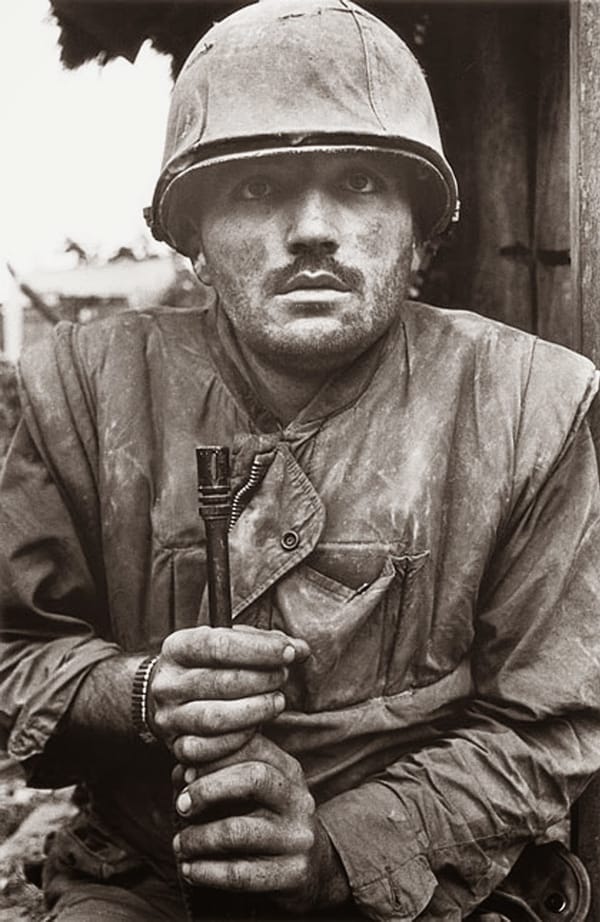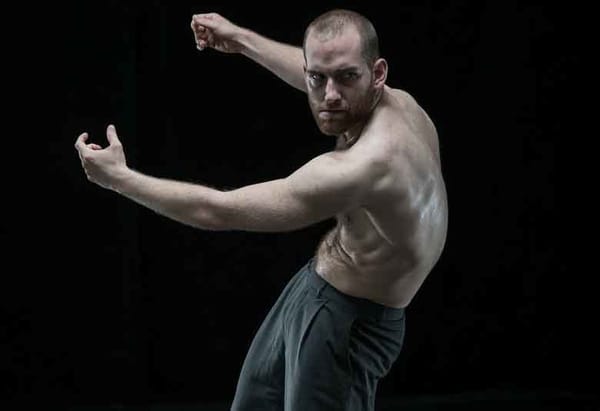Dmitry Krymov: A Midsummer Night’s Dream (As You like It)
Fred Fyles reviews the latest piece at the Barbican Theatre

Given Dmitry Krymov’s background, you would be forgiven for being disappointed when entering the Barbican Theatre to see this production of A Midsummer Night’s Dream; trained as a set designer, he created hundreds of pieces throughout the 1970s and 80s, before starting his own theatre group, the Dmitry Krymov Lab, in 2004. With such an illustrious career behind him, one would expect the set for this production to be phenomenal – an idyllic forest scene, perhaps, that takes us to the site of Hermia’s enchantment; or perhaps the bank described by Oberon, where ‘oxlips and the nodding violet grows / Quite over-canopied with luscious woodbine’ . And so upon entering, the stage, which is little more than a blank wooden square, covered in a plastic sheet, may be a little anti-climactic.
But have no fear – Dmitry Krymov is notorious for submersing the traditional ideas of the theatre, and this production proves no exception. Before the show starts a group of craftsmen linger around the front, before suddenly springing into action; a large tree is carried to the back of the stage, while the audience is made to pass huge branches down to the front. Immediately after, a fountain is taken the same way, spraying water over the first few rows. We don’t see either piece again – welcome to the Dmitry Krymov Lab.
Over the course of the next ninety minutes, we are treated to a show that delights, shocks, and ultimately removes all pretensions of the stage, revealing a purity of theatre-craft unmatched by any other director working today. Taking the illustrious Shakespeare work as a starting point, Keymov has stripped off any superfluous detail, until only the bare bones remain. The quartet of lovers, Hermia, Lysander et al, have gone, as have the fairy group; All that remains are the ‘Mechanicals’, the group of craftsmen who put on the tale of Pyramus and Thisbe, the play-within-a-play which is – to Krymov – the defining feature of the work: ‘I think it is the Mechanicals and not the faries that bear the main theme of the play’, says Krymov, ‘that art is a dream’.
The void that is left behind is quickly filled by additions from the Lab: acrobats, a consortium of Russian nouveau-riche, and even a trained dog, are all present. But the stars of the show are Pyramus and Thisbe, two giant puppets that traverse the stage unsteadily. Operated by 10 actors, they lope around the stage, exchanging gifts, arranging bouquets, imbued with the intense emotion of the whole cast. The theatrical nature of the production is present throughout, and Krymov allows the processes behind the work shine through; the fourth wall is completely smashed, and the audience has the privileged opportunity to be invited into the magical, dream-like world of the stage.
While this work is lighter than some of the company’s previous work – particularly Opus No 7, in which the life story of Shostakovich is played out against a backdrop of horror, with grand pianos whirling around the stage – it does not shy away from addressing some darker ideas. The faux-audience on the side, who collaboratively take on the role of Theseus, Duke of Athens, act as judge, jury, and executioner. They are the ones who control the fate of the play, and it is not a hard stretch to conflate the power this elite have over the theatre with their influence on mainstream politics. While the work being acted out on the stage is light, what happens off-stage, in the wings and the audience, is anything but. These are ideas that cannot be spoken; they must be shown, masterfully, through the medium of visual theatre.
Krymov’s reputation as a modern genius precedes him, but he has outdone himself with this production, which approaches Shakespeare with the lightness of a feather but the power of a battering ram. With his magnificent approach to visual theatre, Krymov is deconstruct the entire practice, creating a new visual language with which to express his thoughts. What he achieves on this stage within an hour and a half is nothing short of breath-taking – weaving together delicate strands of dreams & reality, nature & artifice, darkness & light, the Dmitri Krymov Lab gives us a masterpiece of modern theatre that is sure to stand the test of time.
Midsummer Night’s Dream (As You Like It) is on at The Barbican Centre until 15th November










